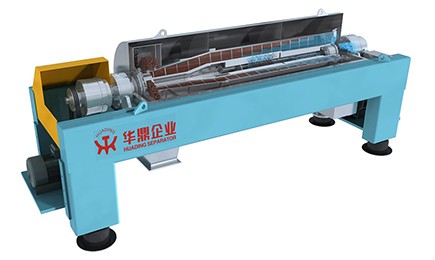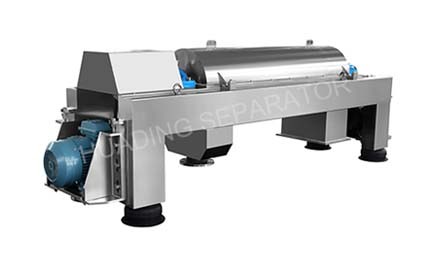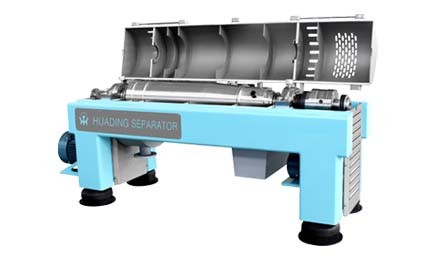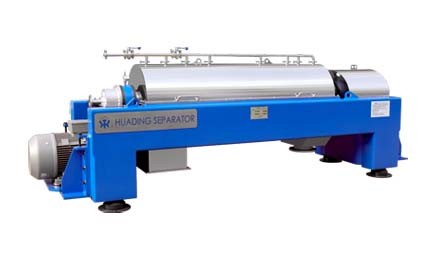Challenges in Speciality & Fine Chemicals
Strict Regulatory Compliance
Global regulations on chemical production and distribution are becoming stricter, especially in markets like the EU and the US. For instance, the EU REACH regulation requires manufacturers to provide detailed safety information on products, including environmental and health impact assessments. Similarly, in the US, the Clean Air Act and Clean Water Act set strict limits on emissions and wastewater discharge. Companies must adapt to these changing regulations, which can increase compliance costs, delay product launches, and require constant monitoring to avoid penalties.
Supply Chain Vulnerability
Global disruptions, such as the COVID-19 pandemic, geopolitical tensions, and natural disasters (e.g., hurricanes, earthquakes), have impacted supply chains. It is leading to higher raw material costs and logistical uncertainties. For example, the Suez Canal blockage in 2021 caused major delays in delivering essential raw materials, affecting production schedules. These disruptions increase costs, limit availability, and create inventory shortages.
Product Quality and Consistency
As industries such as pharmaceuticals, electronics, and cosmetics demand higher-quality products, ensuring purity, uniformity, and functionality becomes increasingly important. In pharmaceuticals, even small impurities in active pharmaceutical ingredients (APIs) can reduce efficacy or compromise safety. In electronics, high-purity chemicals are necessary to meet the exact standards required for semiconductor manufacturing. Meeting these demands pushes companies to adopt advanced production methods, such as automated systems and real-time quality monitoring, to ensure consistent quality.
Sustainability Pressures
There is growing demand for green chemistry and eco-friendly processes. Consumers and regulators now expect more sustainable practices. For example, companies are shifting from toxic chemicals to safer, biodegradable alternatives. The green chemistry movement focuses on designing products and processes that minimize or eliminate the use of hazardous substances. In the agrochemical industry, this has led to the development of biodegradable pesticides and a reduction in environmental impact. Companies must invest in clean technologies and process optimization to lower waste, energy use, and carbon emissions.









